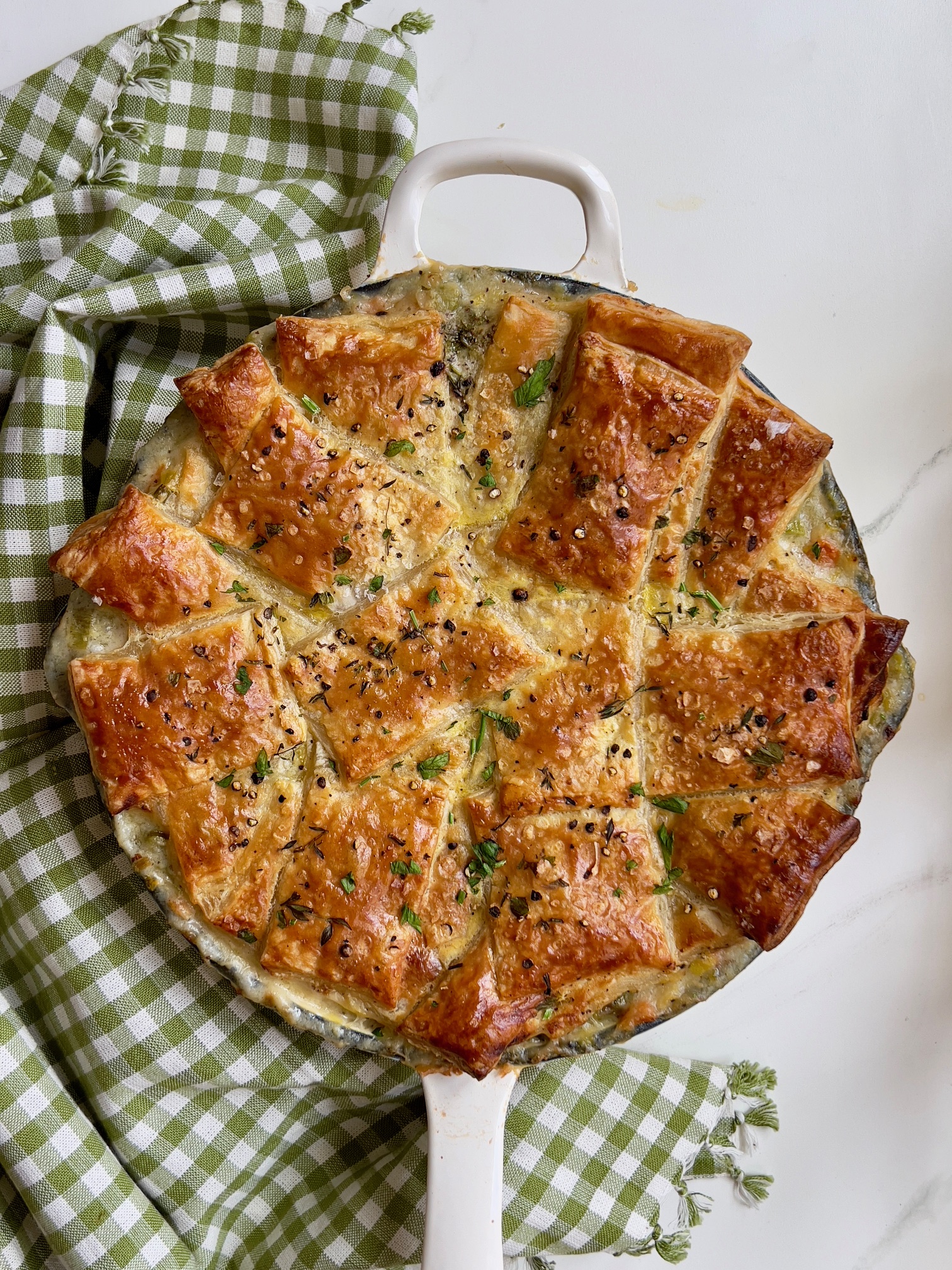
I’m legally blind with cataracts, and if that wasn’t bad enough, I have teeth that would make Bugs Bunny envious. My teeth are no joke. I’ve had braces three times, and my dentist suggested Invisalign during my last check-up. Four eyes, Bucky Beaver – I’ve been called it all. With a history like mine, it’s no wonder I have a love-hate relationship with carrots.
Let’s get to the root of the problem. There is a carrot-hating commonality between most people. Some like carrots raw, others cooked, but very few people seem to like both. This polarizing phenomenon has led to several ‘I Hate Carrots’ communities across social media.
From almonds to tomatoes, we often love one version of a food (ketchup) and hate another (raw slices). Different forms of the same food can provoke divided reactions. When people say they detest cooked carrots, they generally mean boiled (although the sickly-sweet glazed variety also springs to mind). The most obvious sensory attribute that is missing is the crunch. The sound of crunching while eating enhances our perception of freshness, irrespective of taste. And our teeth and jaws appreciate foods that allow them to do some mighty chomping. A floppy carrot, therefore, can be disconcerting. After cooking, many of these attributes will be enhanced because they are eaten warm, which brings out flavor intensities, and, in my opinion, they get extra loathsome points if they're crinkle-cut.
While cooked carrots contain better nutritional value, based on my genetic abnormalities, raw carrots seem to be better suited for my needs. While Vitamin A will keep my vision healthy but won't improve it, carrots are also touted as beneficial for breaking apart plaque. The thick texture of carrots will naturally break apart the plaque and tartar on your teeth keeping gums strong and healthy. With as many ophthalmologists and orthodontists (and bullies) I’ve met during my lifetime; I should commit to a “What’s up Doc” tattoo on my forehead to save everyone time. Heads up, if you are going to metaphorically dangle a carrot on a stick in front of me, you better make sure it's raw.
Asparagus & Leek Vegetable Pot Pie
INGREDIENTS
- 3 tablespoons unsalted butter
- 4 medium carrots, halved lengthwise and cut into 1 ½-inch pieces
- 2 medium leeks, white and light green parts only, sliced and then rinsed (about 2 ½ cups)
- 1 large bunch of asparagus, ends trimmed and cut into 1 ½-inch pieces
- 3 large Yukon gold potatoes, peeled and cubed into bite-size pieces
- 1 1/2 teaspoon salt
- 1 teaspoon EACH: pepper, celery seed, and garlic powder (optional)
- ¼ cup all-purpose flour, plus more for work surface
- 3 cups vegetable or chicken broth
- 3 tablespoons heavy whipping cream
- 2 tablespoons crème fraîche
- 2 tablespoons whole-grain mustard
- 2 tablespoons fresh thyme leaves, divided (or 1 tablespoon dried, divided)
- 1/4 cup fresh parsley, roughly chopped
- 1 frozen puff pastry sheet (from 1 [17.3-oz.] package), thawed
- 1 large egg, lightly beaten
- 1 teaspoon flaky sea salt and cracked black pepper for topping
INSTRUCTIONS
- Preheat oven to 400°F with rack in lower third position. Bring a pot of water with a teaspoon of salt to a bowl, and cook potatoes for 10-12 minutes or until fork tender. Drain.
- Heat butter and oil in a 10-inch cast-iron skillet over medium-high until butter is melted and foamy. Add carrots and leeks. Cook, stirring occasionally, until carrots are just beginning to soften and leeks are tender, 6 to 8 minutes. Add asparagus.
- Sprinkle evenly with flour. Cook, stirring constantly, until vegetables are fully coated and flour smells nutty and turns golden brown, about 1 minute. Add stock, the remaining 1/2 teaspoon of salt, pepper, garlic powder, and celery seed; bring to a boil over high. Reduce heat to medium-high. Cook, stirring occasionally, until liquid starts to thicken, about 3 minutes. Remove from heat.
- Stir in whipping cream, crème fraîche, mustard, 1 tablespoon of thyme, and all the parsley. Add cooked potatoes. Set aside to cool slightly, about 5 minutes.
- Meanwhile, roll the pastry sheet onto a lightly floured work surface into a 12-inch square. Cut evenly into 3 (4-inch-wide) strips. Cut each strip evenly into 5 squares. Arrange pastry squares in a concentric-circle pattern over mixture, leaving a slight (about ½-inch) overhang around skillet edges and slightly overlapping triangles (some vegetable mixture will still be exposed around edges). Brush pastry with egg mixture; sprinkle with flaky sea salt and fresh cracked pepper. *For thicker crust repeat the layering and wash with a second pastry sheet.
- Place a baking sheet lined with aluminum foil on oven rack; place skillet on sheet. Bake in preheated oven until pastry is golden brown and filling is bubbly around edges, about 30 minutes. (You may need to cover with aluminum foil if edges begin to burn.) Remove from oven; let stand 10 minutes. Sprinkle with remaining 1 teaspoon thyme.
